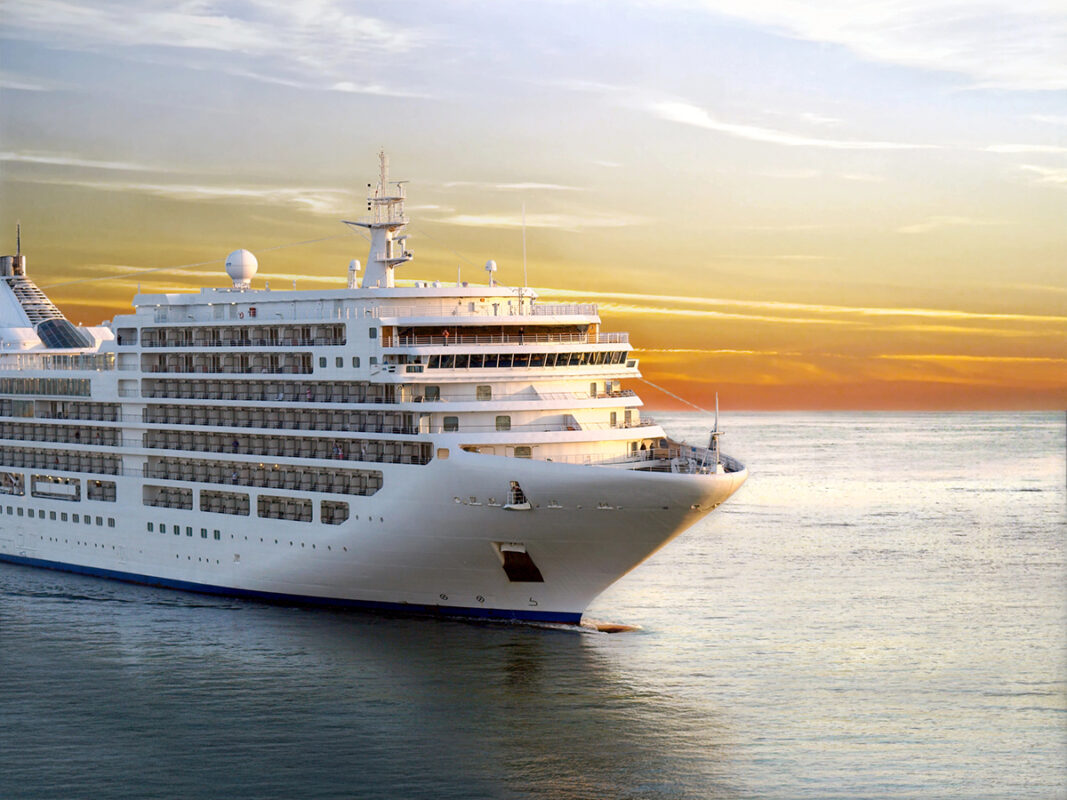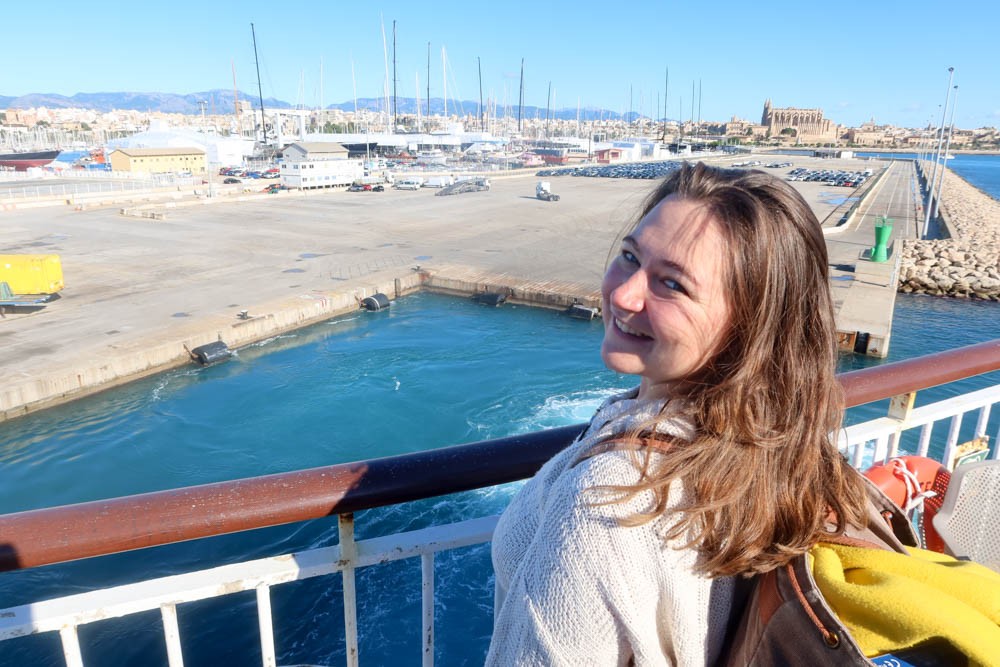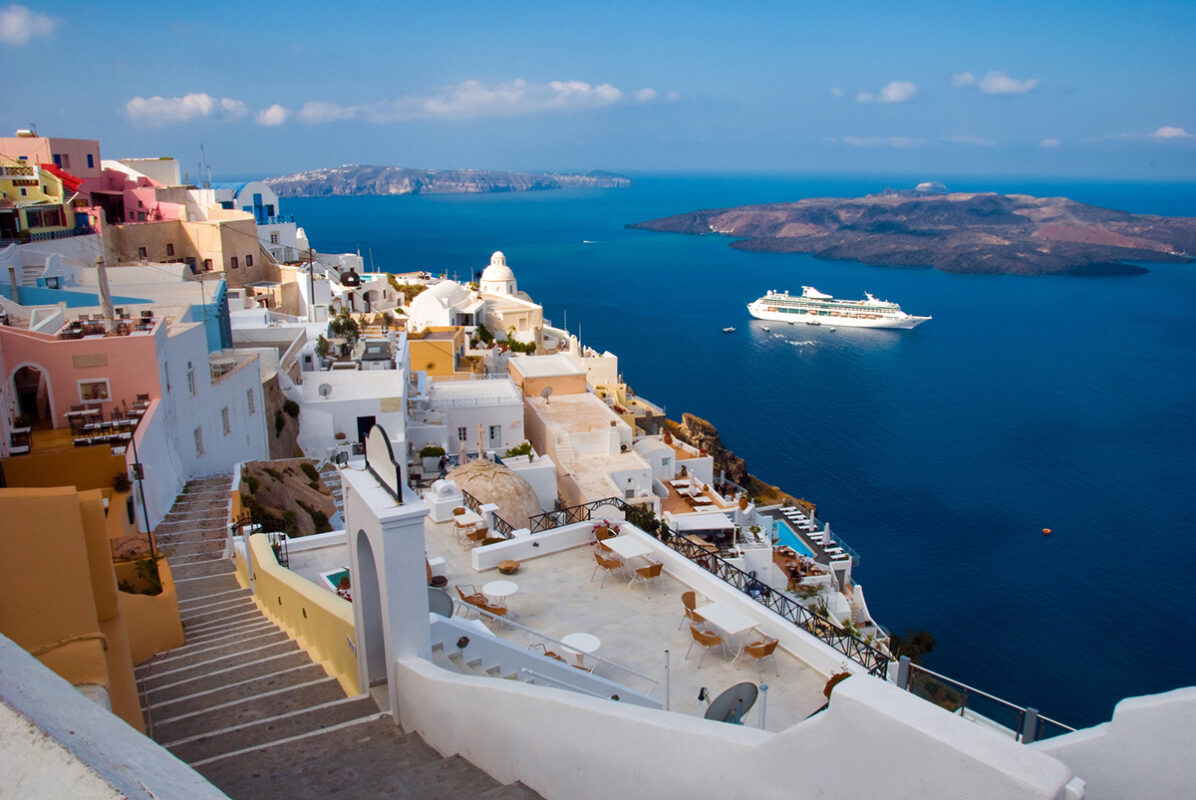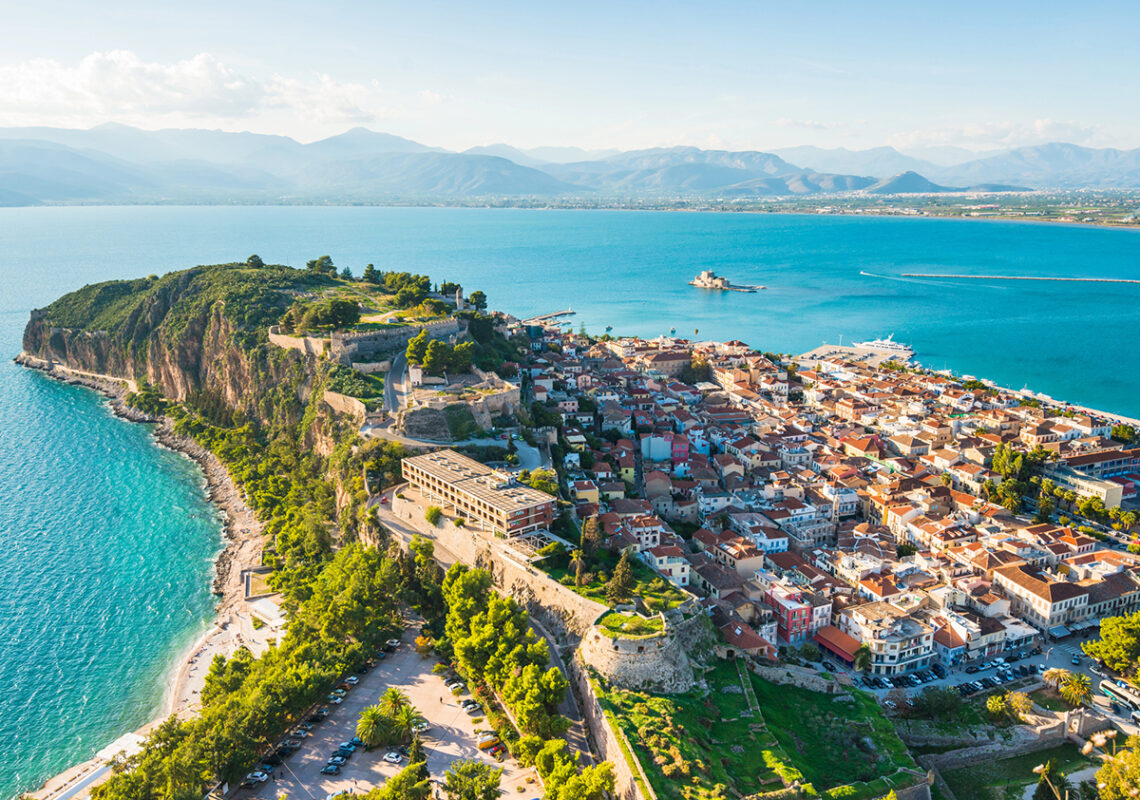Yes, you can take a Mediterranean cruise during winter.
While some ships in Southern Europe depart the Med for the Caribbean (the peak seasons alternate between the regions), many remain in the Mediterranean and operate cruises throughout the winter.
Cruise lines like Celebrity operate throughout the winter period.
Cruises may not be as frequent, and some attractions may be closed, but winter cruising in the Mediterranean is a fantastic opportunity to try the type of holiday out on a budget.
Here’s all you need to know about Mediterranean winter cruising!
Pros of taking a Mediterranean winter cruise

Here are some benefits to winter cruising in the Med.
Fewer crowds
One of the major benefits of cruising the Mediterranean in winter is the reduced number of tourists and thus the more “local” feeling of cities.
Popular destinations like Rome, Barcelona and Athens are far less crowded, allowing you to explore iconic landmarks without the long lines and overwhelming crowds typical of the summer season.
You’ll find it easier to take in the sights, enjoy local cafes, and experience the culture at a slower, more personal pace.
This also helps combat over tourism, which has been a big problem in European cities in recent years.
Lower prices
Winter cruises in the Mediterranean often come with significant cost savings.
Cruise lines typically offer discounted fares during the off-season; so it’s perfect for someone who wants to try cruising without breaking the bank!
In addition to lower cruise prices, you might find that excursions, pre- and post-cruise accommodation, and even flights are more affordable than peak season.
Luxury on a budget? Yes please!
Milder weather
The Mediterranean climate in winter is generally milder compared to the intense heat of summer, especially in southern destinations like Andalucia and parts of the Greek Islands.
Daytime temperatures in these areas can be quite pleasant, often ranging around 20 degrees celsius – perfect weather for sightseeing!
You should also be able to get out and enjoy cruise ship decks during winter; you might need to wrap up a little more, but the sun will be less harsh!
Seasonal events and festivities
Enjoy local festivities if you’re cruising the Med in December!
Many cities (Rome, Athens, Barcelona…) have vibrant Christmas markets where you can shop for handmade gifts, enjoy festive foods and soak in the holiday spirit.
And being onboard a cruise ship during the winter holidays often means special events, such as Christmas and New Year’s Eve celebrations.
It’ll be a festive period to remember!
Enhanced cultural experiences
With fewer tourists around, you’ll have a better chance to interact with locals.
Museums, historical sites and cultural attractions are often less crowded and you’ll find it easier to explore Europe’s top cities.
Cons of taking a Mediterranean winter cruise

Here are some drawbacks to winter cruising in the Med.
Cooler weather
One of the main drawbacks of cruising the Mediterranean in winter is the cooler weather, particularly in northern ports like those in northern Italy and Spain.
This can limit outdoor activities and you might need to remember warmer clothing.
Rain is typically more common and hours of sunlight are less, as well.
Limited daylight hours
While it doesn’t get as dark as Northern Europe, shorter daylight hours can be a significant disadvantage in the Med in winter.
With the sun setting earlier, your time for sightseeing and exploring is more limited – many attractions and sites may close earlier than they would during the summer.
Also, remember that cities and coastal areas may not have the same vibrant, sunlit atmosphere that’s typical of the Mediterranean during the warmer months!
Reduced availability of certain activities

Winter cruising in the Mediterranean may mean reduced access to certain seasonal attractions and activities.
Some beaches, water sports, and outdoor excursions may be unavailable or less enjoyable due to the cooler weather.
And smaller coastal towns and resorts might have limited hours or be partially closed, as many businesses cater to the summer tourist season.
Potential for rougher seas
The Mediterranean Sea can certainly be more unpredictable during the winter months, with a higher chance of encountering rough seas and adverse weather conditions.
If you’re motion-sensitive, this can mean seasickness!
Rougher seas can also cause itinerary changes, such as missed ports or altered schedules, which can be disappointing if you have specific destinations in mind.
Be prepared for these potential disruptions and do have a flexible attitude towards your travel plans.
Less vibrant coastal scenery
In winter, the coastal scenery of the Mediterranean may not be as lush or colourful as it is during the warmer months.
The landscapes can appear more subdued, with fewer flowers in bloom and less greenery.
While the region still offers beautiful views, the overall atmosphere may feel less vibrant and lively compared to the spring or summer – although if you decide to visit in Spring, you’ll enjoy the first flowers of the year.
What to pack for a Mediterranean winter cruise

Layered clothing
When cruising in the Mediterranean during winter, layering is key to staying comfortable. Start with lightweight base layers that wick moisture and provide warmth without bulk.
Over these, wear mid layers like sweaters, long-sleeve shirts, and lightweight fleece jackets, which can be added or removed depending on the temperature.
For the outermost layer, a versatile, waterproof jacket or coat is essential.
A packable down jacket offers warmth without taking up too much space in your luggage, making it ideal for both chilly mornings and milder afternoons.
Footwear
Choosing the right footwear is crucial for enjoying your shore excursions and onboard activities.
Comfortable walking shoes are a must for exploring cities and ports; consider waterproof options to keep your feet dry on rainy days.
For evenings, bring dress shoes that are both stylish and comfortable, as cruise ship events often require smart casual or formal attire.
Additionally, ankle boots can be a versatile option for cooler days and can transition well from day to night.
Accessories
Accessories can make a big difference in your comfort and style.
Scarves, hats, and gloves are small but essential items for staying warm during cooler parts of the day.
A compact umbrella or lightweight rain poncho is also handy for sudden showers.
Despite the season, the Mediterranean sun can still be strong, so don’t forget your sunglasses and sunscreen to protect your eyes and skin.
Evening wear
Cruise ships often have dress codes for evening dining, so pack a few smart casual outfits.
This might include dresses, slacks, and blouses for women, and collared shirts with trousers for men.
If your cruise includes formal nights, be sure to bring formal attire like a cocktail dress or suit.
It’s always a good idea to check with your cruise line in advance for specific dress code guidelines to ensure you’re properly prepared.
Swimwear and activewear
Even in winter, many cruise ships offer heated pools and hot tubs, so packing a swimsuit is still worthwhile.
If you plan on using the onboard gym or participating in active excursions, be sure to bring activewear and suitable footwear.
Essentials and extras
Remember to pack travel-sized toiletries; while most cruise ships provide basic amenities, having your preferred products can make your trip more enjoyable.
It’s also important to bring medications and a small first-aid kit with essentials like pain relievers, band-aids, and motion sickness tablets.
Don’t forget a plug adapter if you’re traveling from outside Europe, as you’ll need it to charge your devices in the ports you visit.
Day bag
A small backpack or tote bag is ideal for shore excursions. It should be large enough to carry your essentials, such as a camera, water bottle, and any layers you might need to add or remove throughout the day.
Tips for taking a winter cruise in the Med

- Pack layers: The weather can vary significantly, so bring clothing that you can easily layer for warmth and comfort.
- Bring a waterproof jacket: Rain is more likely in winter, especially in places like Rome or Barcelona, so a lightweight, waterproof jacket is essential.
- Choose versatile footwear: Pack comfortable walking shoes for excursions and a pair of dress shoes for evenings onboard. Waterproof options are a plus.
- Consider off-season closures: Some attractions and restaurants may have limited hours or be closed in winter, so plan your activities in advance.
- Check the ship’s dress code: Make sure you bring appropriate attire for formal nights and evening dining on the cruise.
- Prepare for cooler temperatures: Be ready for cooler weather, particularly in central and northern parts of the Mediterranean, with temperatures potentially dipping to 5-10°C. Southern areas, like parts of Spain and Italy, can still be mild, ranging from 10-15°C.
- Take advantage of lower prices: Winter cruises often offer great deals, so look out for discounts on cruise fares, excursions, and accommodations.
- Enjoy fewer crowds: Popular tourist spots are much less crowded in winter, allowing for a more relaxed and personal experience.
- Bring travel-sized toiletries and essentials: While basic amenities are provided, having your favourite products can enhance your comfort.
- Stay flexible: Weather in the Mediterranean can be unpredictable in winter, so be prepared for possible itinerary changes due to rough seas or other factors.
